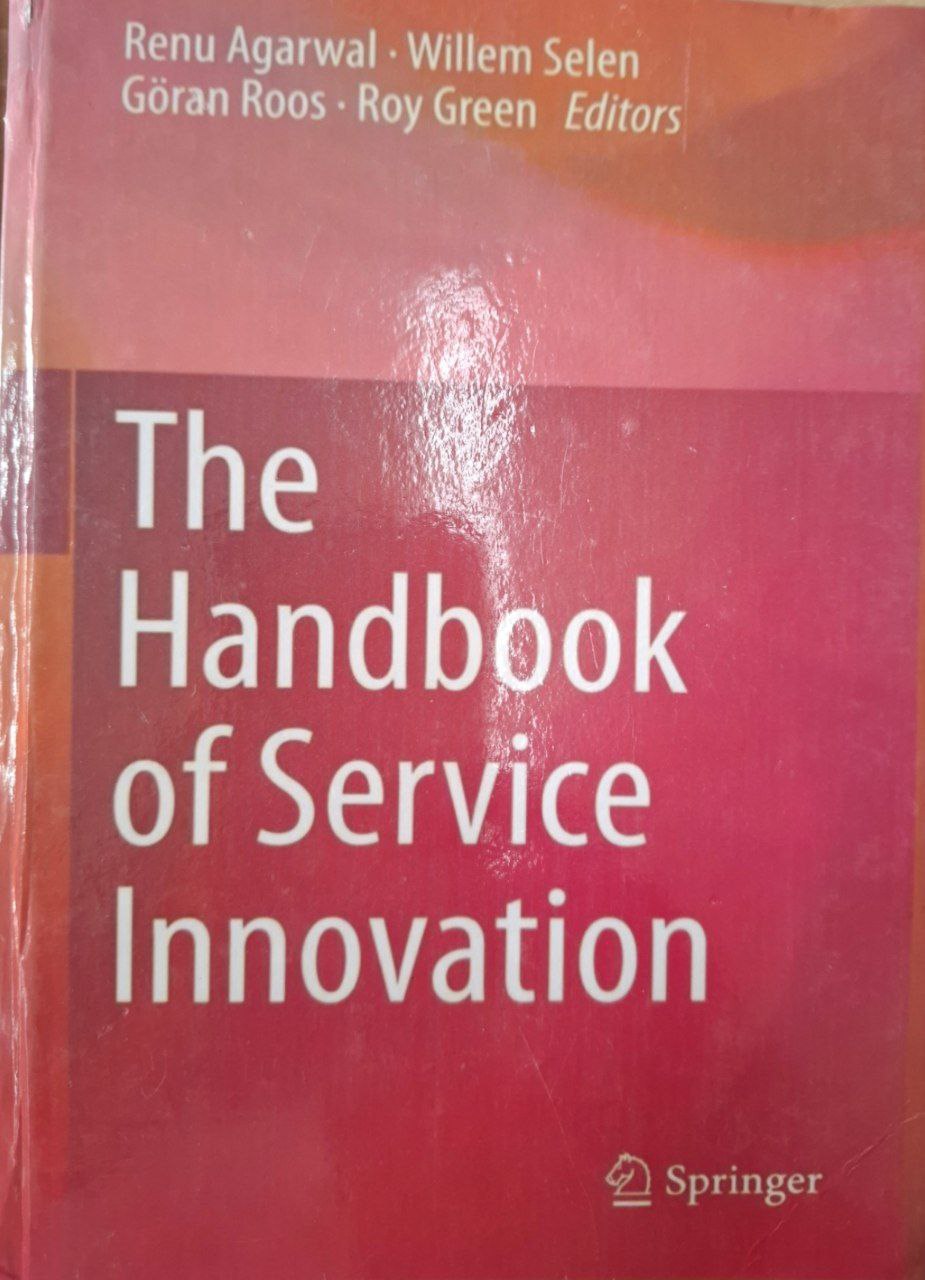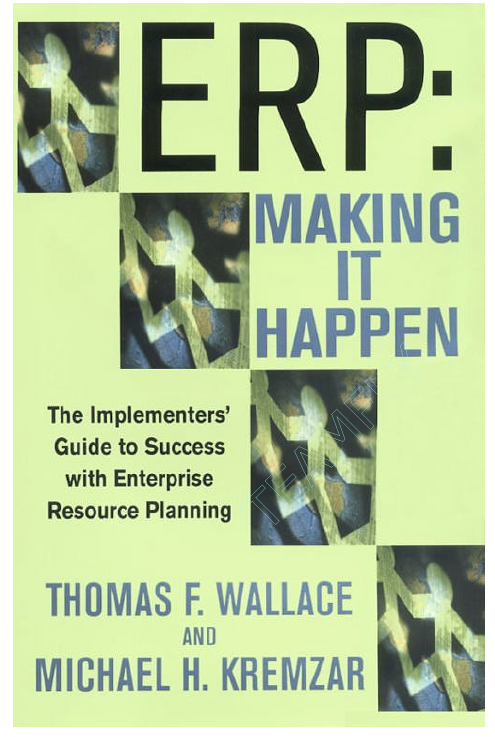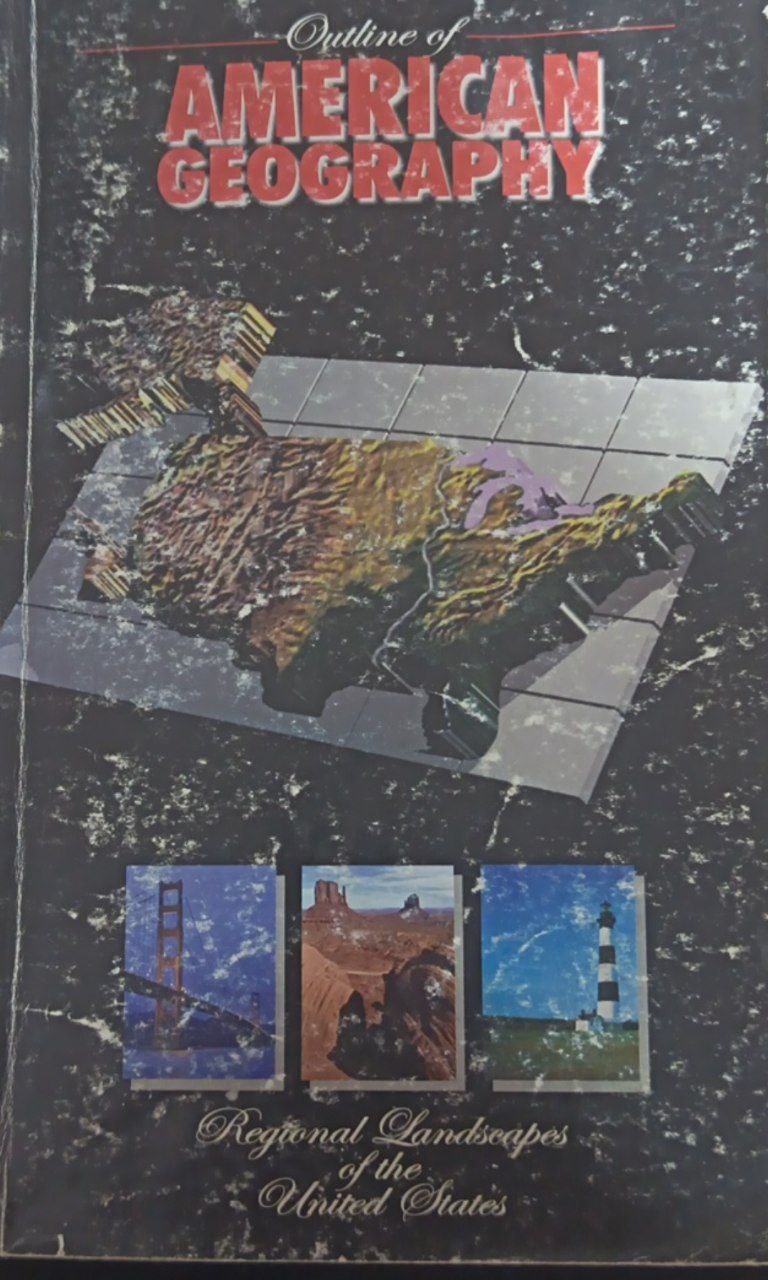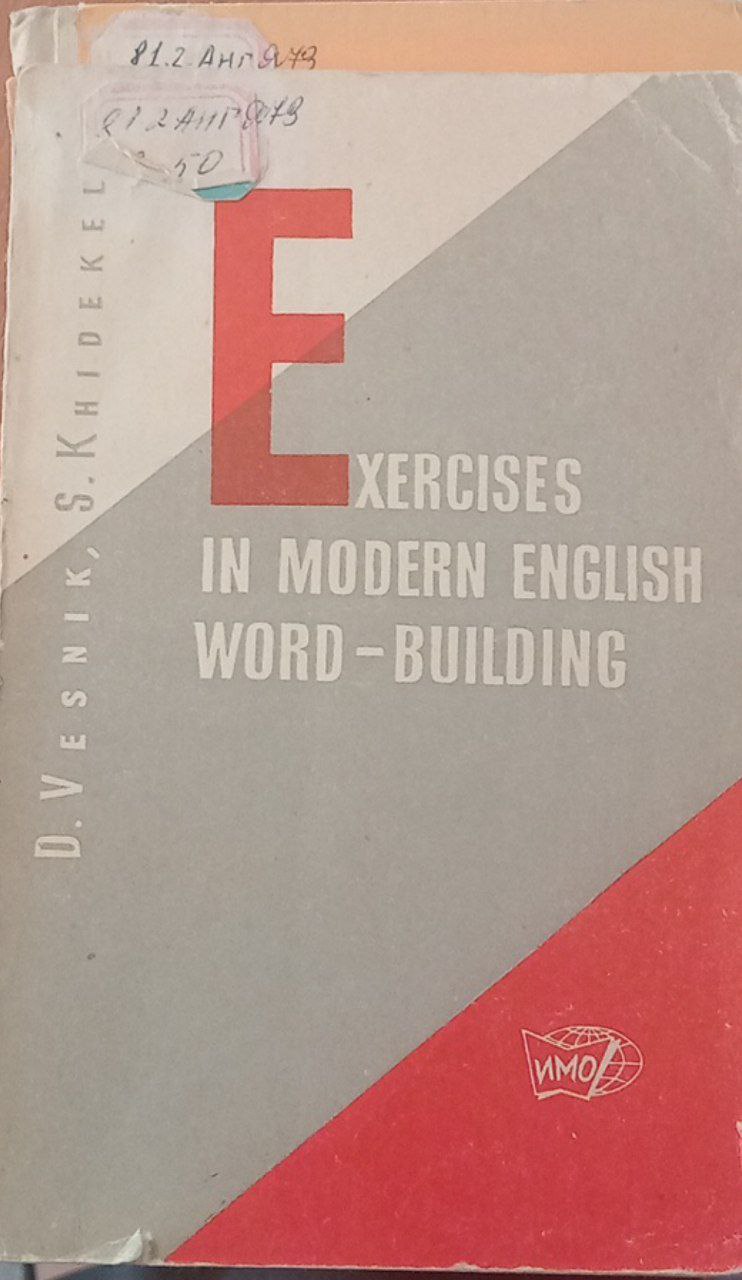-
Iqtisodiyotni boshqarish. Menejment. Marketing. Iqtisodiy statistika. Hisob. Milliy hisob tizimi. Iqtisodiy tahlil,
-
-
Iqtisodiyot nazariyasi. Siyosiy iqtisod. Makro iqtisodiyot. Mikro iqtisodiyot,
-
Social Costs Today Institutional analyses of the present crises
Ramazzott Paolo, Pietro Frigato, Wolfram Elsner,Matematika, -
-
ERP: Making It Happen The Implementers’ Guide to Success with Enterprise Resource Planning
Thomas F.Wallace, Michael H. Kremzar,Iqtisodiyotni boshqarish. Menejment. Marketing. Iqtisodiy statistika. Hisob. Milliy hisob tizimi. Iqtisodiy tahlil, -
-
-
Iqtisodiyotni boshqarish. Menejment. Marketing. Iqtisodiy statistika. Hisob. Milliy hisob tizimi. Iqtisodiy tahlil,
-
-
-
-
-
-
-
-
-
-
-
-
The Handbook of Service Innovation
Renu Agarwal, Willem Selen, Goran Roos, Roy Green,This is a hugely important topic and this handbook containing chapters from some of the leading academics and practitioner in the field.
-
Royal Canadian Air Force
Revised U . S,When the Royal Canadian Air Force went about setting up a physical program .
-
Advanced Macroeconomics
David Romer,This book owes a great deal to many people. The book is an outgrowth of courses I have taught at Princeton, M.I.T., Stanford, and especially Berkeley. I want to thank the many students in these courses for their feedback, their patience, and their encouragement. Four people provided detailed, thoughtful, and constructive comments on almost every' aspect of the book: Laurence Ball, A. Andrew John, N. Gregory Mankiw, and Christina Romer. Each of them significantly improved the book, and 1 am deeply grateful to them for their efforts. In addition, Susanto Basu, Matthew Cushing, Charles Engel, Mark Gertler, Mary Gregory, A. Stephen Holland, Gregory' Linden, Maurice Obtsfeld, and Robert Rasche made valuable comments and suggestions concerning some or all of the book. Jeffrey Rohaly not only prepared the superb Solutions Manual to accompany the book, but also read the page proofs with great care and made many corrections. Teresa Cyrus helped with the preparation of some of the tables and figures. Finally, the editorial staff at McGraw-Hill and the production staff at Publication Services, Inc., especially Leon Jeter, Victoria Richardson, Scott Schriefer, Scott Stratford, and Lucille Sutton, did an excellent job of turning the manuscript into a finished product. I thank all of these people for their help. David Romer is professor of economics at the University of California, Berkeley. He received his A.B. from Princeton University, where he was valedictorian, and his Ph.D. from M.I.T. He has been on the faculty at Princeton and has been a visiting faculty member at M.I.T. and Stanford. He is also a Research Associate of the National Bureau of Economic Research and serves on the editorial boards of several economics journals. His main research interests are monetary policy, the foundations of price stickiness, empirical evidence on economic growth, and asset-price volatility. He is married to Christina Romer, who is also an economist, and has two children, Katherine and Paul.
-
Social Costs Today Institutional analyses of the present crises
Ramazzott Paolo, Pietro Frigato, Wolfram Elsner,This book deals with the causes of the present crises, but it claims that causes and policy implications cannot be properly assessed by focusing on allocative efficiency or income growth alone: it contends that a more general approach is called tor. based on social costs. It docs not deal with social costs according to the Pigou-vian or the C'oasian traditions. It draws on the work of Original Institutional Economics (OIE) such as Thorstcin Vcblcn. Kart William Rapp and Karl Polanyi. on post-Keynesians such as Hyman Minsk)' and. in general, on authors who have provided insights beyond the conventional wisdom of economic thought. The assumption underlying the book’s social cost perspective is that social costs arise because the money-centered accounting of capitalist market economics is biased relative to social requirements and needs. Although social costs may sometimes have a monetary dimension, they cannot be dealt with in money terms alone. What is at issue at a more fundamental level is that (1) labor and knowledge, nature, money and finance, and problem-solving social institutions arc treated as commodities. (2) our common knowledge is often distorted in order to favor vested interests. (3) whatever competition one might achieve, it cannot deal with the social dilemma between individualist profitability and societal serv iceability and. finally, (4) when social costs rise and the quality of life declines, so docs the ability of democratic collective action. Social costs, in this perspective, identify the issues that need to be addressed if public policy would wish to prevent the economy from subsuming societal relations and freedom. Social costs, in this evolutionary-institutional perspective, particularly elaborated by Karl William Kapp. both precede and follow the crises, as causes and effects of the current financial, real economic, resources and food, energy and climate, social, political and moral crises. The sections in this book provide a framework that better allows us to situate the issues and to appreciate the crises.
-
Econometric Analysis of Health Data
Andrew M. Jones,The purpose of this book is to give readers convenient access to a collection of innovative applications of econometric methods to data on health and health care. The contributions are selected from papers presented at the European Workshops on Econometrics and Health Economics which have been published in Health Economics. The Workshops were established in York, with meetings in 1992 and 1993. Since then they have taken place annually, with locations in eight different European countries. Publication of the present volume marks the tenth anniversary of the Workshop series, the overall aim of which is to provide a forum for the development and dissemination of econometric methods in health economics. When the Workshops were first established. there were relatively few European researchers at the frontiers of quantitative research in the area. Advances in quantitative techniques and the increased availability of datasets and computing technology had created the potential for large returns from attracting more researchers into health econometrics. There are indications that these returns are now being reaped. Over the years, there has been a steady rise in the quantity and general quality of submissions received for each Workshop. We would like to thank everyone who has participated in the Workshop series, whether as an author or a discussant, and all of those who have reviewed papers for Health Economics. Our particular gratitude goes to the local organisers of the Workshops: Eddy van Doorslaer (Antwerp. 1994), Lise Rochaix (Paris. 1995), Guillem Lopez-Casasnovas (Barcelona, 1996). Joao Pereira (Lisbon, 1997), Unto Hakkinen and Miika Linna (Helsinki, 1998), Giacomo Pignataro and Ilde Rizzo (Catania. 1999) and Maarten Lindeboom and France Portrait (Amsterdam. 2000).
-
ERP: Making It Happen The Implementers’ Guide to Success with Enterprise Resource Planning
Thomas F.Wallace, Michael H. Kremzar,There are so many people to acknowledge when a book like this is complete. All of those who contributed to the earlier MRPII book certainly played a role, albeit indirect, in this new effort. Many others who are active in the field provided insight through their books, papers, or talks. For sake of brevity, we are going to focus on this book and hope that all of those who built the foundation of the earlier works will still feel ownership for this one. As the final draft developed, we asked a handful of people to help us with input on the quality of our effort. Their insightful feedback has been extremely important.
-
Game Theory Analysis of Conflict
Roger B. Myerson,Game theory has a very general scope, encompassing questions that are basic to all of the social sciences. It can offer insights into any economic, political, or social situation that involves individuals who have different goals or preferences. However, there is a fundamental unity and coherent methodology that underlies the large and growing literature on game theory and its applications. My goal in this book is to convey both the generality and the unity of game theory. I have tried to present some of the most important models, solution concepts, and results of game theory, as well as the methodological principles that have guided game theorists to develop these models and solutions. This book is written as a general introduction to game theory, intended for both classroom use and self-study. It is based on courses that I have taught at Northwestern University, the University of Chicago, and the University of Paris-Dauphine. I have included here, however, somewhat more cooperative game theory than I can actually cover in a first course. I have tried to set an appropriate balance between non-cooperative and cooperative game theory, recognizing the fundamental primacy of noncooperative game theory but also the essential and complementary role of the cooperative approach. The mathematical prerequisite for this book is some prior exposure to elementary calculus, linear algebra, and probability, at the basic undergraduate level. It is not as important to know the theorems that may be covered in such mathematics courses as it is to be familiar with the basic ideas and notation of sets, vectors, functions, and limits. Where more advanced mathematics is used, I have given a short, self-contained explanation of the mathematical ideas.
-
American Geography
Stephen S. Birdsall,The term "United States," when used in the geographic sense, refers to the contiguous United States (sometimes referred to as the Lower 48, including the District of Columbia not as a state), Alaska, Hawaii, the five insular territories of Puerto Rico, Northern Mariana Islands, U.S. Virgin Islands, Guam, American Samoa, and minor outlying possessions.[1] The United States shares land borders with Canada and Mexico and maritime borders with Russia, Cuba, the Bahamas, and many other countries, mainly in the Caribbean[note 2]in addition to Canada and Mexico. The northern border of the United States with Canada is the world's longest bi-national land border.
-
Handbook of Financial econometrics
William T. Ziemba,Kenneth J. Arrow, Stanford University; George C. Constantinides, University of Chicago; B. Espen Eckbo, Dartmouth College; Harry M. Markowitz, University of California, San Diego; Robert C. Merton, Harvard University; Stewart C. Myers, Massachusetts Institute of Technology; Paul A. Samuelson, Massachusetts Institute of Technology; and William F. Sharpe, Stanford University The Handbooks in Finance are intended to be a definitive source for comprehensive and accessible information. Each volume in the scries presents an accurate, self-contained survey of a subfield of finance, suitable for use by finance and economics professors and lecturers, professional researchers, and graduate students and as a teaching supplement. The goal is to have a broad group of outstanding volumes in various areas of finance.
-
Exercises in modern english word - building
D. Vesnik,London’s broadest street, and then halted, swaying gently. She was a steamship of some 3,500 tons, flying the flag of one of the new Baltic states. The Tower Bridge* cleared itself of midgets and toy vehicles and raised its two arms, and then she passed underneath, accompanied
-
-
-
-
-
-
-
-
-
-




















